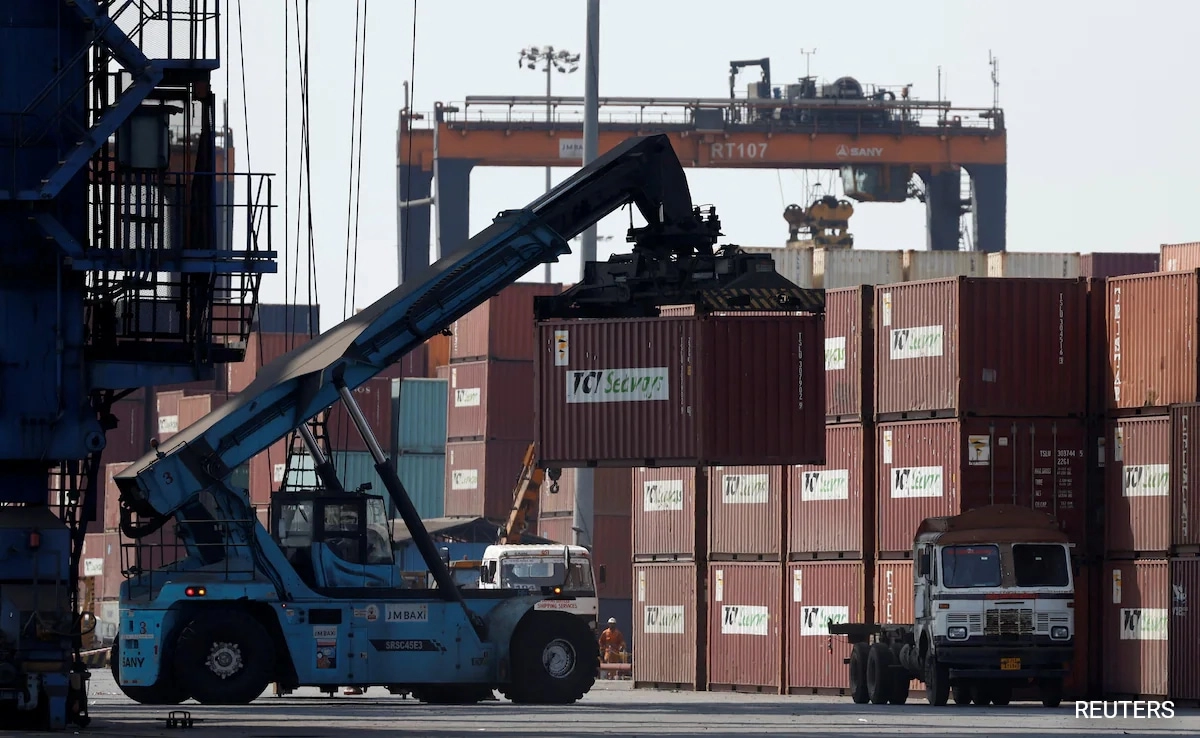As the Trump administration’s tariffs come into effect, various sectors of the Indian economy are bracing for significant repercussions. The imposition of these tariffs, particularly on steel and aluminum, has raised concerns among Indian exporters and manufacturers who heavily rely on the U.S. market. Steel, which is a key material for a multitude of industries including construction and automotive, is facing steep duties that could diminish India’s competitive edge. With the U.S. being one of the largest consumers of steel globally, Indian steel producers are now confronted with the challenge of either absorbing the costs or passing them on to consumers, potentially leading to a price hike in domestic markets.
Another sector feeling the impact of the tariffs is textiles, which has traditionally been one of India’s strongest export sectors. The additional costs imposed by tariffs can disrupt the pricing structures that Indian manufacturers have relied on for decades. This could lead to a decline in orders from U.S. clients, who may turn to alternative suppliers in other countries that are not facing similar tariff barriers. Given that textiles account for a significant portion of India’s exports, the ripple effects of reduced demand could lead to job losses and lower production rates in this industry, further straining the economy.
The electronics sector is also poised to face challenges as it navigates the complexities introduced by these tariffs. Many Indian electronics manufacturers, who have been expanding their operations to cater to the growing global demand, may find it increasingly difficult to maintain profitability. The tariffs could lead to increased costs for components imported from the U.S., resulting in higher prices for consumers and potentially stifling innovation and growth within the sector. Additionally, the uncertainty surrounding trade policies could deter foreign investment, which is crucial for the expansion and modernization of India’s electronics manufacturing capabilities.
In summary, the introduction of Trump tariffs is expected to have a multifaceted impact on various sectors of the Indian economy. From steel to textiles and electronics, many industries are grappling with the potential fallout. As these tariffs take hold, Indian exporters will need to explore alternative markets and innovative strategies to mitigate the effects and sustain their competitive edge in a challenging global landscape. The long-term implications of these tariffs could reshape trade relations between India and the U.S., underscoring the need for strategic adaptations to navigate this evolving economic environment.




